Related Research Articles
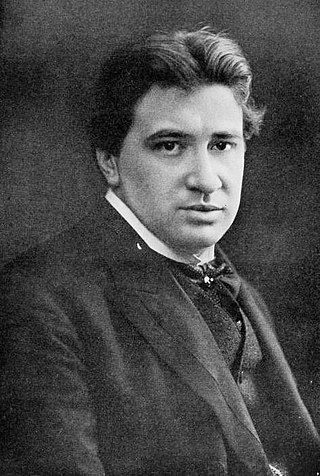
Ermanno Wolf-Ferrari was an Italian composer and teacher. He is best known for his comic operas such as Il segreto di Susanna (1909). A number of his works were based on plays by Carlo Goldoni, including Le donne curiose (1903), I quatro rusteghi (1906) and Il campiello (1936).
In music, variation is a formal technique where material is repeated in an altered form. The changes may involve melody, rhythm, harmony, counterpoint, timbre, orchestration or any combination of these.
Peter Racine Fricker was an English composer, among the first to establish his career entirely after the Second World War. He lived in the US for the last thirty years of his life. Fricker wrote over 160 works in all the main genres excepting opera. He was a descendant of the French playwright Racine.
Ruth Dorothy Louisa ("Wid") Gipps was an English composer, oboist, pianist, conductor and educator. She composed music in a wide range of genres, including five symphonies, seven concertos and many chamber and choral works. She founded both the London Repertoire Orchestra and the Chanticleer Orchestra and served as conductor and music director for the City of Birmingham Choir. Later in her life she served as chairwoman of the Composers' Guild of Great Britain.

The Cello Sonata No. 3 in A major, Op. 69, is the third of five cello sonatas by Ludwig van Beethoven. He composed it in 1807–08, during his productive middle period. It was first performed in 1809 by cellist Nikolaus Kraft and pianist Dorothea von Ertmann, a student of Beethoven. Published by Breitkopf & Härtel the same year, it was dedicated to Freiherr Ignaz von Gleichenstein, Beethoven's friend and an amateur cellist. The sonata was successful with audiences from the beginning.
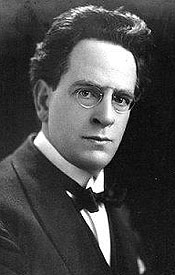
John Herbert Foulds was an English cellist and composer of classical music. He was largely self-taught as a composer, and belongs among the figures of the English Musical Renaissance.
DSCH is a musical motif used by the composer Dmitri Shostakovich to represent himself. It is a musical cryptogram in the manner of the BACH motif, consisting of the notes D, E-flat, C, B natural, or in German musical notation D, Es, C, H, thus standing for the composer's initials in German transliteration: D. Sch..
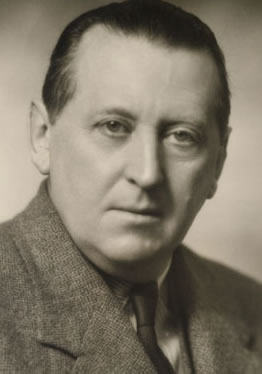
Edwin York Bowen was an English composer and pianist. Bowen's musical career spanned more than fifty years during which time he wrote over 160 works. As well as being a pianist and composer, Bowen was a talented conductor, organist, violist and horn player. Despite achieving considerable success during his lifetime, many of the composer's works remained unpublished and unperformed until after his death in 1961. Bowen's compositional style is widely considered as ‘Romantic’ and his works are often characterized by their rich harmonic language.
Malcolm MacDonald, also known by the alias Calum MacDonald, was a British author, mainly about music.
Eva Heinitz was a German musician, best known as a cellist but also highly acclaimed for her recordings on the viola da gamba. Heinitz, who was "half Jewish", left her native Berlin after the Nazis came to power, living first in France and later the United States, where she joined the faculty of the University of Washington in Seattle in 1948.
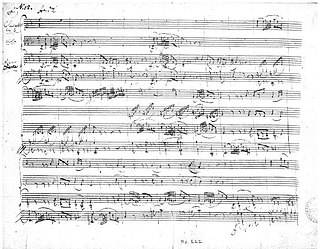
A clarinet–viola–piano trio, often titled "Trio for Clarinet, Viola and Piano" is a work of chamber music that is scored for clarinet, viola, and piano; or is the designation for a musical ensemble of a group of three musicians playing these instruments. This combination of instruments differs from other combinations, as the viola and the clarinet share approximately the same musical range, but not the same tone quality.
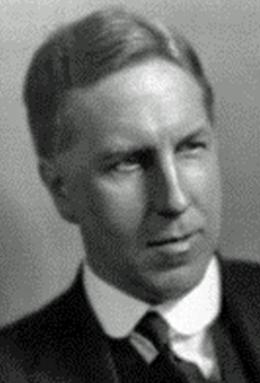
Thomas Frederick Dunhill was a prolific English composer in many genres, though he is best known today for his light music and educational piano works. His compositions include much chamber music, a song cycle, The Wind Among the Reeds, and an operetta, Tantivy Towers, that had a successful London run in 1931. He was also a teacher, examiner and writer on musical subjects.
Huw Thomas Watkins is a British composer and pianist. Born in South Wales, he studied piano and composition at Chetham's School of Music in Manchester, where he received piano lessons from Peter Lawson. He then went on to read music at King's College, Cambridge, where he studied composition with Robin Holloway and Alexander Goehr, and completed an MMus in composition at the Royal College of Music, where he studied with Julian Anderson. Huw Watkins was awarded the Constant and Kit Lambert Junior Fellowship at the Royal College of Music, where he used to teach composition. He is currently Honorary Research Fellow at the Royal College of Music.

Ernest Walker was an Indian-born English composer and writer on music, as well as a pianist, organist and teacher.

Dmitri Shostakovich composed his Sonata for Violin and Piano in G major, Op. 134 in the autumn of 1968 in Moscow, completing it on October 23. It is set in three movements and lasts approximately 31 minutes. It is dedicated to the violinist David Oistrakh, who premiered the work on May 3, 1969 in the Large Hall of the Moscow Conservatory.
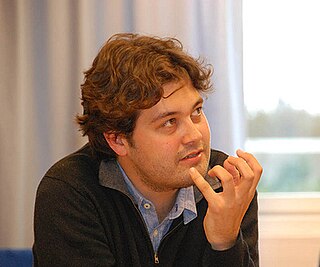
Lawrence Power is a British violist, born 1977, noted both for solo performances and for chamber music with the Nash Ensemble and Leopold String Trio.

Kenneth Leighton was a British composer and pianist. His compositions include church and choral music, pieces for piano, organ, cello, oboe and other instruments, chamber music, concertos, symphonies, and an opera. He had various academic appointments in the Universities of Leeds, Oxford and, primarily, Edinburgh.

The Cello Sonata in F minor, Op. 5, was composed by Max Reger in 1892 in Wiesbaden. He dedicated it to the cellist Oskar Brückner who performed it first, with the composer as the pianist, in Wiesbaden on 17 October 1893. It was published by Augener & Co., London, in September 1893.
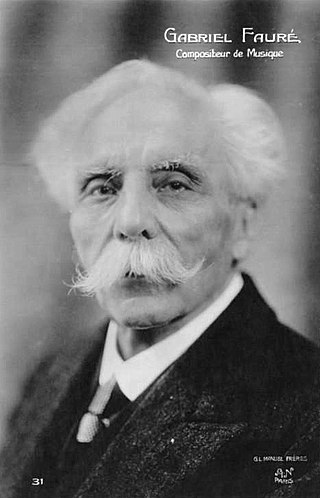
The Cello Sonata No. 2 in G minor, Op. 117 is the second of the two cello sonatas by Gabriel Fauré.
References
- 1 2 3 4 5 Achenbach, Andrew (November 1998). "English Cello Sonatas". Gramophone . Retrieved 25 October 2021.
- 1 2 3 4 5 Hold, Trevor (1 May 2001). "English Cello Sonatas / John Foulds, Ernest Walker, York Bowen". musicweb-international.com. Retrieved 25 October 2021.
- 1 2 Schlüren, Christoph (2011). "Foulds, John / Sonata for Cello and Piano Op. 6". repertoire-explorer.musikmph.de. Retrieved 25 October 2021.
- 1 2 3 Hogwood, Ben (December 2012). "British Works for Cello and Piano, Volume 1 – Paul & Huw Watkins (Chandos)". classicalsource.com. Retrieved 25 October 2021.
- 1 2 3 4 5 6 7 8 9 10 11 MacDonald, Calum (2012). "British Works for Cello and Piano" (PDF). Chandos Records . pp. 7–8. Retrieved 17 November 2021.
- ↑ Mansell, James G. (2009). "Quarter-tones". In Brockington, Grace (ed.). Internationalism and the Arts in Britain and Europe at the Fin de Siècle. Peter Lang. pp. 66–73. ISBN 978-3-03-911128-2.
- 1 2 Linden, Bob van der, ed. (2013). "John Fould and Maud MacCarthy". Music and Empire in Britain and India: Identity, Internationalism, and Cross-Cultural Communication. Springer. pp. 99–100. ISBN 978-1-13-731164-1.
- ↑ "British Works for Cello and Piano". recordsinternational.com. Retrieved 25 October 2021.